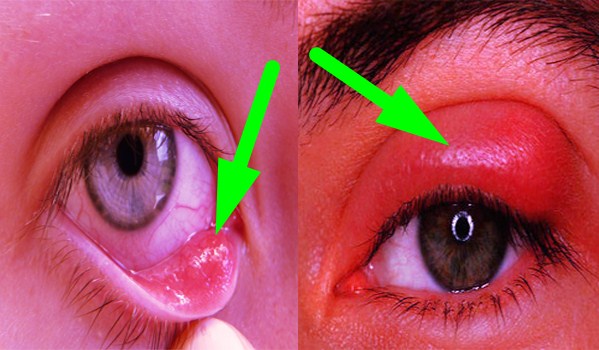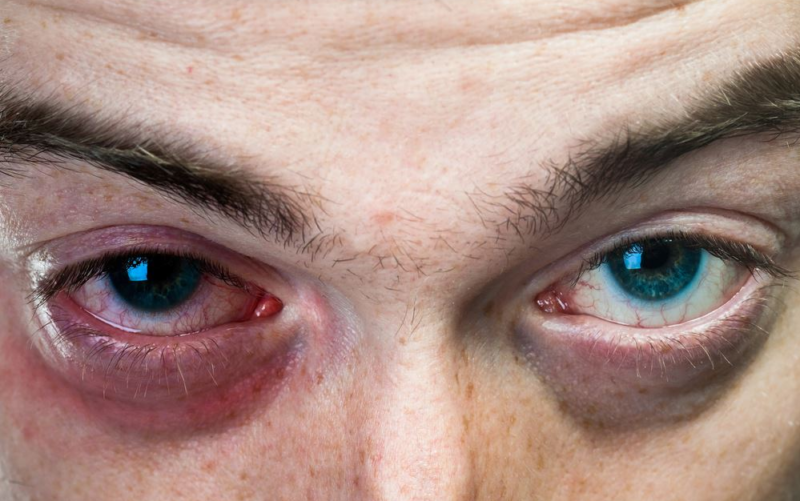how to get rid of a stye
How to get rid of a stye overnight Styes appear as a result of an infection of one of an oil-producing gland located at the bottom of each eyelash. They appear as a small boil or abscess at the base or tight line of your eyelid. They can occur on the upper or lower eyelid.

How to get rid of a stye fast There are two types of styes that can appear- external and internal.
External styes- Most common type of stye. Are sometimes called hordeolum. They appear on the eyelash follicle at the root, causing swelling of the eyelid.
Internal styes-Usually point to an infection that is more severe and typically more painful. They appear in the glands beneath the eyelid and cause more discomfort as they grow. stye in my eye Internal styes can lead to eye conditions that are more serious if they are not drained of the pus inside.
A disorder that is commonly mistaken for a stye is called Chalazion. Chalazion is a chronic inflammation of an oil gland on the inner part of the eyelid. Chalazion is usually not painful, but may slowly become an enlarged mass within the eyelid. If the hard lump does not go away after using medication, it can be remove under local anesthetic by a doctor.
If you are a person that has developed a stye, you may have recurrences. If you have multiple recurrences of styes, you should be seen by a general physician to rule out diabetes mellitus- which produces recurring infections of the eyelids. Medication and antibiotic ointments are available to help reduce recurrences.
how to get rid of a stye – SYMPTOMS
-A tiny pink, painful ball at the base of an eyelid
-Gritty sensation or a feeling that there is something in the eye
-Watering of the affected eye
Most of the time, when a stye forms the symptoms start with sensitivity to light, extreme flowing of tears, and the sensation of something being in the eye. Soon the affected lid swells and becomes red with some pain and tenderness as the stye comes to a head. Mostly, the head of a stye points outward. In a less frequent occurring eyelid infection, the oil gland is on the inside of the eyelid, and the stye points inward. This type of internal stye is probably more painful than the external kind.
Usually the stye gets larger over many days because the infected follicle fills with pus, but this usually goes away in three to seven days. The bump should not be squeezed, since this may spread the infection and cause other styes to develop.
Styes are not usually a health risk, and they do not affect vision and they usually respond well to at home treatment. But in some situations, an untreated stye may turn into cellulitis (a more widespread infection of the skin) of the eyelid.
Doctor diagnosis-
Diagnosis can usually be made with visual inspection and does not need a doctor in most situations. If an abscess occurs, a culture of the pus is extracted to identify the what is causing the stye
Treating and getting rid of a stye-
-Wash out your eyes with some triphala water. Adding one teaspoon of triphala powder to a cup of water and leaving it overnight. Straining it in the morning and using it as a wash for your eyes.
-Leaving a few wet tea bags on your eyes for at least 8-10 minutes.
-Get a teaspoon of turmeric and boil it in 2 cups of water. After the boiled water is in half, strain it in a piece of fabric until turmeric pieces are extracted. Apply it as an eye drop to your eyes.
-Make a paste out of potato. Apply the paste to the swollen eyes to minimize pain.
-Drink antibacterial dandelion tea. It will help fight the bacteria that cause the stye.
-Extract of acacia leaves. Boil the leaves in 2 cups of water. Compress this on your eyelids for relief. Filter it first before using.
-A warm compress made out of guava is also good to minimize the pain, redness and swelling of the eye. Boil guava leaves and place them in a cloth. Then, place it in your eyes.
Apart from discomfort, styes are not a serious health issue. If a stye does not improve after 48 hours of home treatment, the doctor may ask you to come to their office where the it may be opened and drained. An antibiotic (usually an ointment or eye-drops) may be prescribed.
You should never squeeze or “pop” styes. It can cause the infection to develop to a more serious location in the eye or eyelid.



